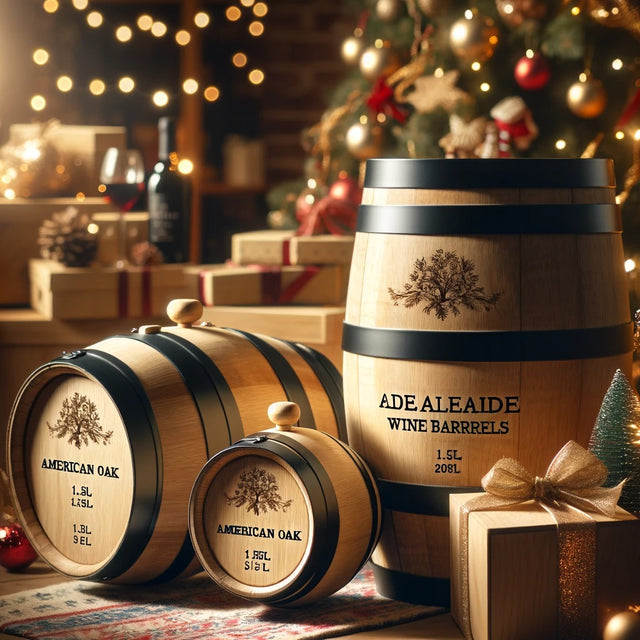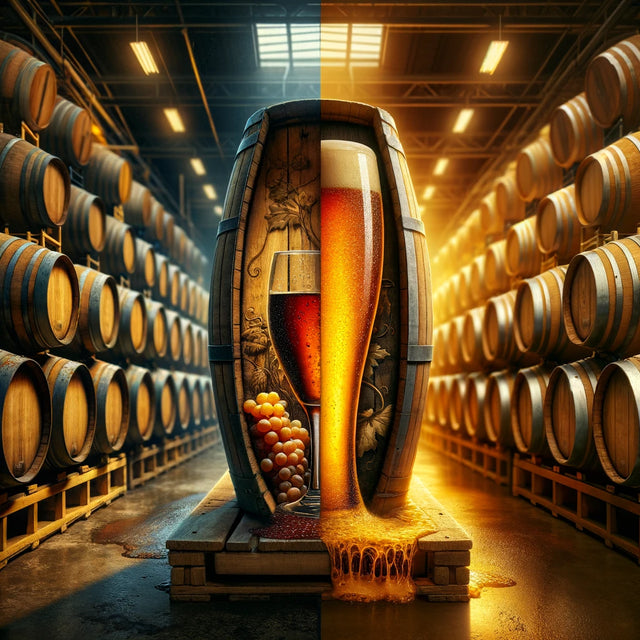Introduction: Oak port barrels have played a significant role in the production and aging of fortified wines, particularly port. These sturdy and versatile vessels contribute unique flavors, aromas, and characteristics that enhance the quality of the wines they hold. Join us on a journey through time as we delve into the intriguing history of oak port barrels and their vital role in winemaking.
Ancient Origins: The use of wooden barrels for wine storage and transportation dates back to ancient times. The Romans, renowned for their viticulture and winemaking skills, are believed to have employed wooden vessels made from oak to store and transport their wines across their vast empire.
Medieval Innovations: It was during the Middle Ages that the concept of aging wines in wooden containers gained traction. Prior to this period, wines were typically consumed relatively young. However, European winemakers discovered that aging wines in oak barrels imparted desirable qualities to the wine, such as smoothness, complexity, and the development of unique flavors.
Rise of Port Wine: The history of oak port barrels is intricately tied to the production of port wine. Port, a fortified wine produced in the Douro Valley of Portugal, became popular in the 17th century due to its rich, sweet flavor and ability to withstand long journeys.
Rediscovering Aging Potential: The development of oak port barrels and their impact on wine aging received significant attention in the 18th century. British merchants, who played a major role in the port wine trade, realized that wines matured in oak barrels had unique qualities and commanded higher prices. As a result, winemakers began using oak barrels exclusively for the aging process.
Characteristics of Oak: Oak wood possesses essential qualities that make it ideal for wine aging. It is tight-grained, allowing for controlled oxygen exposure while keeping undesirable elements at bay. The natural tannins present in oak contribute structure and enhance the wine's aging potential. Furthermore, oak imparts subtle flavors, such as vanilla, spice, and toast, that complement the wine's natural characteristics.
Craftsmanship and Cooperage: The art of barrel-making, known as cooperage, became a specialized trade during this period. Master coopers meticulously selected oak trees, skillfully shaped staves, and meticulously assembled barrels using traditional methods. These highly crafted oak port barrels became prized possessions, serving as vessels of maturation for the finest ports.
Modern-Day Practices: In modern winemaking, the use of oak port barrels remains a tradition but has evolved with technological advancements. Many winemakers now utilize a combination of oak barrels and stainless steel tanks to achieve desired flavor profiles. Additionally, oak port barrels may be sourced from various regions worldwide, each contributing unique characteristics to the aging process.
Conclusion: Oak port barrels are not merely vessels for maturation but integral contributors to the complex flavors and aromas found in port wines. Through centuries of trial and error, winemakers have harnessed the potential of oak to enhance the quality and aging potential of their creations. As wine enthusiasts continue to appreciate the rich history and craftsmanship associated with oak port barrels, these vessels will undoubtedly remain an essential part of the vinicultural legacy for generations to come.
More stories

Unique Christmas Gift Ideas:

